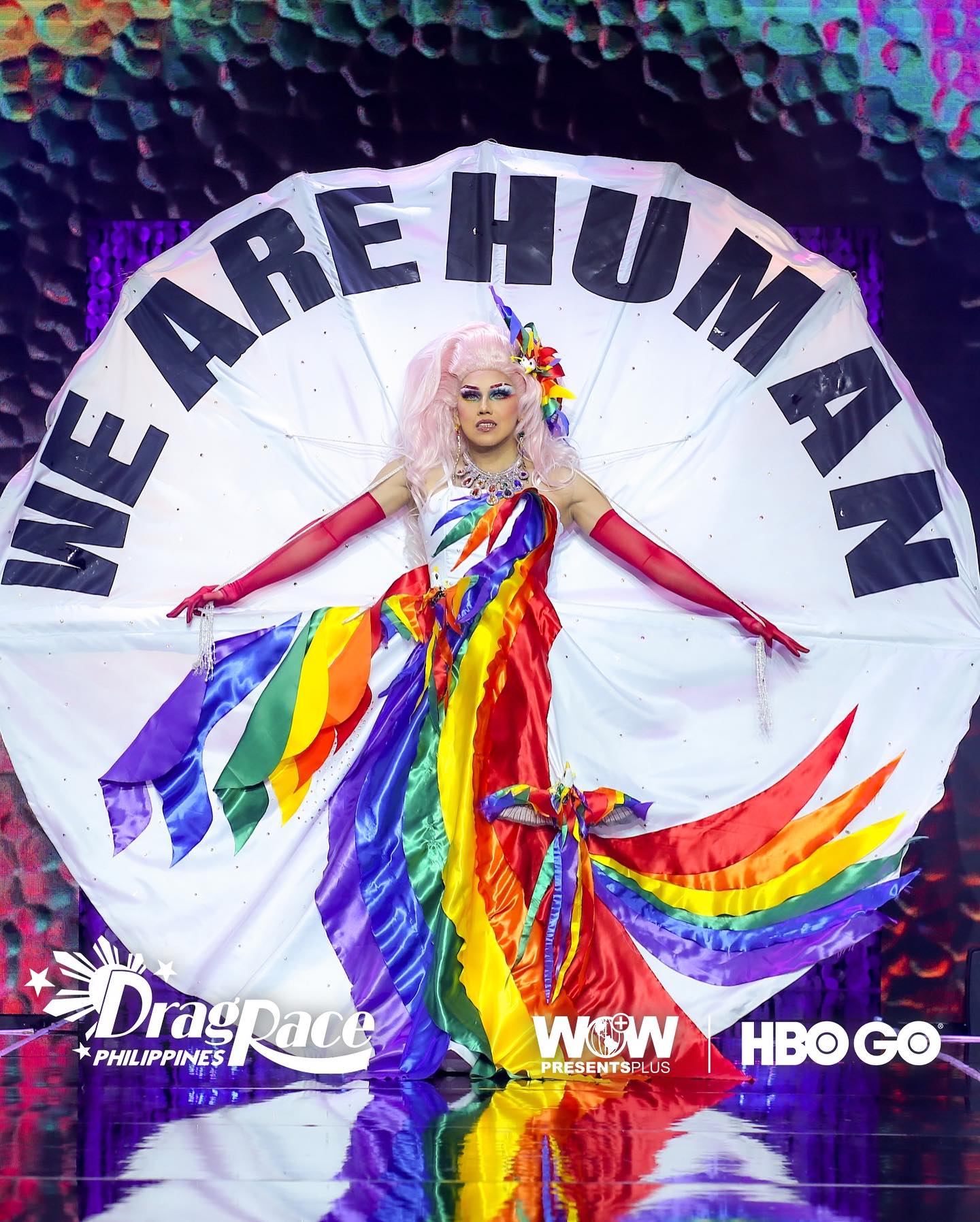How the digital landscape is helping LGBTQ+ characters, individuals onscreen go beyond the token gay best friend
The digital landscape serves as an increasingly important platform for queer visibility.
While traditional media platforms have historically presented limited representations of LGBTQ+ identities, digital media such as Instagram, X (formerly Twitter), and Facebook have been places where queer stories can thrive. These platforms have empowered LGBTQ+ individuals and communities to produce content, share their unique experiences, and connect.
Social media serves as a powerful platform for self-expression, and this includes queer communities. Take it from Vice Ganda, Mimiyuuuh, Sassa Gurl, Kaladkaren, Esnyr, and various drag queens who have found a safe space online to express themselves unapologetically.
Meanwhile, on streaming sites Boys' Love series like Gameboys and Gaya sa Pelikula and sapphic flicks like Rookie and Billie and Emma have taken off, bringing queer stories under the spotlight.
However, the journey of the rainbow community in the media has not been a bed of roses. Stereotypes and negative portrayals have plagued the community and shaped how others outside the rainbow perceive them.
The "bakla" has usually been portrayed as a comedic relief, often effeminate, flamboyant, and a gossiper, UP Diliman College of Mass Communication full-time faculty member Jonalou Labor told PhilSTAR L!fe. Similarly, the "tomboy" character is often depicted as strong and independent, seemingly without emotion and somewhat uncomfortable with their gender nonconformity.
With the advent of today's digital landscape, positive constructions have emerged, with the bakla and tomboy characters having deeper storylines that are no longer comedic.
"The portrayals show how the bakla has struggled with acceptance, family relationships, and self-discovery. Further, there have been various empowering depictions of lesbians and transwomen in Philippine films, television shows, and music, leading to more awareness of the issues faced by these individuals in relation to their families, communities, and in larger Philippine society," he said.
But the construction of LGBTQ+ characters in the media is progressing, as Labor noted. Production houses are doing more to provide diverse and authentic portrayals that showcase the fullness of the colorful community.

This also rings true for Aldrich Cancino, an assistant professor in the AB Communication Department of the National University Manila.
"While I appreciate the visibility that media provides for queer communities, it's crucial to recognize that these individuals are more than just entertainers or performers," he said.
"Queer people are an integral part of every sector in our society—they are teachers, engineers, doctors, lawyers, and leaders contributing to our country's progress. Media should reflect this diversity and depth, rather than confining queer identities to specific roles or stereotypes," Cancino added.
Can discrimination be reduced?
In today's Philippine media, queer representation is often framed with heteronormative ideals, as per Cancino. This representation of queerness is often seen through a lens that heterosexuality is the norm, ideal, and superior to homosexuality or bisexuality.
In reality, queer relationships have diverse dynamics that aren't bound by traditional gender roles. Media needs to move beyond these stereotypes to truly reduce discrimination.
For instance, films featuring gay men usually depict one as masculine and the other as effeminate, reinforcing conventional gender roles. This leads to questions like, "Sino sa inyo ang babae, at ang lalaki?" in queer relationships.
"In reality, queer relationships have diverse dynamics that aren't bound by traditional gender roles. Media needs to move beyond these stereotypes to truly reduce discrimination," Cancino said.
Nonetheless, Labor highlighted that when audiences consume authentic and positive portrayals of LGBTQ+ characters, this can spark conversations about acceptance and challenge discrimination.
"It may even lead to the removal of existing biases and prejudices against the queer community. Audiences become more empathetic and accepting of the LGBTQ+ community if featured authentically in various media forms," he explained.
In 2024, the SOGIESC (sexual orientation, gender identity, gender expression, or sex characteristics) Equality Bill has yet to be passed. A consolidated version of the bill was passed in the Senate in 2022 but has remained pending since February 2023.
Earlier in June, Sen. Risa Hontiveros expressed her hopes that the new leadership in the Senate will stand up for LGBTQ+ rights.
"19 of my colleagues signed the committee report on the SOGIESC Equality Bill. That should speak to its acceptability across the aisle," she said.
'Support genuine queer stories'
Moving forward, Labor highlighted the importance of promoting positive representation and developing authentic stories beyond coming out, struggling with identity, and other sensationalized portrayals.
"There must be conscious ethical research on sensitive portrayals of LGBTQ+ characters that must avoid the reinforcement of stereotypes. LGBTQ+ characters deserve to have depth and nuance," Labor told L!fe.
He added, "Featuring LGBTQ+ actors and actresses in both LGBTQ+ and non-LGBTQ roles is a must. Finally, the tradition of mainstreaming LGBTQ issues and history through educational programs is necessary. The media industry must be an ally in creating a more inclusive Filipino society."

Cancino aired the same sentiments, signifying that it is better to let the queer community tell their own stories rather than educate the viewers directly.
"Providing queer artists with the opportunities to write and produce their own stories is crucial [however] the real challenge is whether media companies will fund these authentic narratives without imposing constraints. By supporting genuine queer stories, we can foster greater understanding and awareness."


